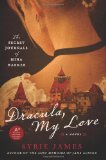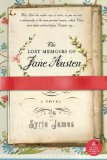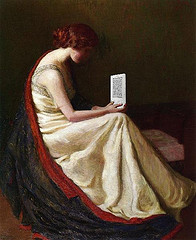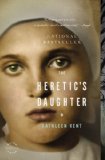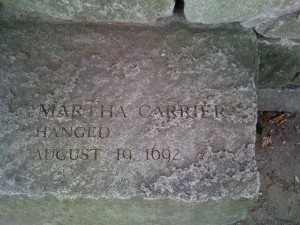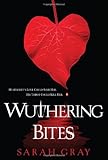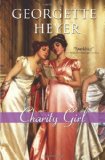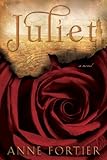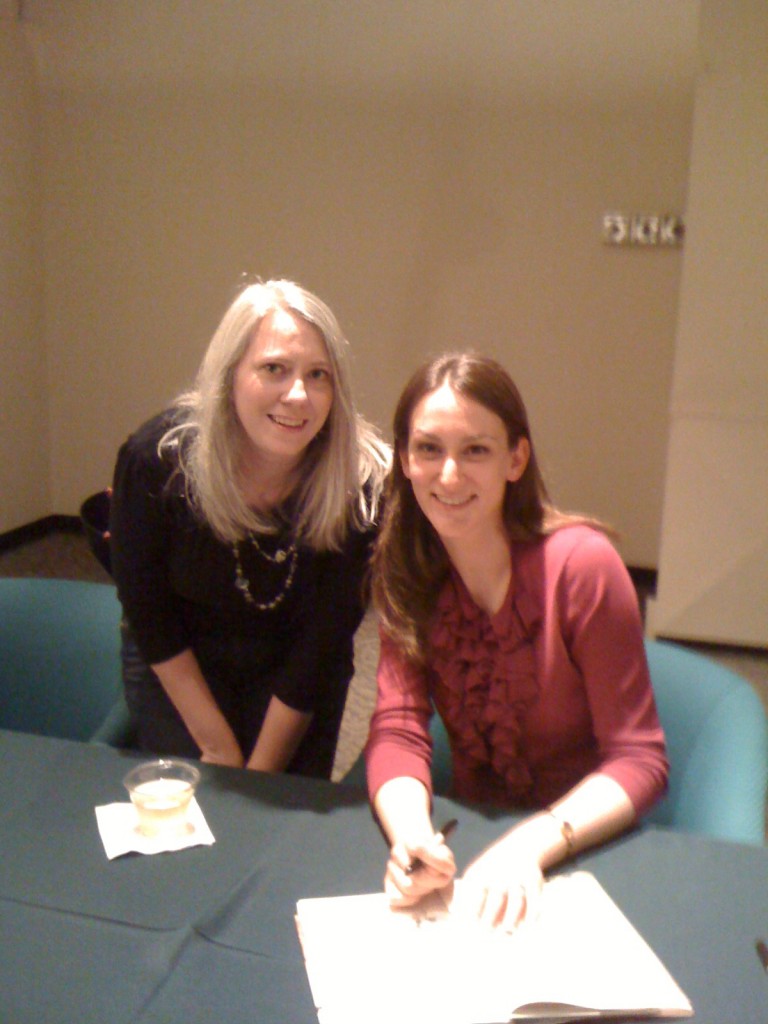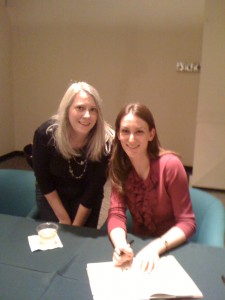Barbara Kingsolver’s novel The Poisonwood Bible is a book that means a great deal to me. I don’t think you can forget it once you’ve read it. It demands a lot from a reader, but the reward is so rich. It’s beautiful and terrible all in one.
Kingsolver was the the guest on the most recent episode of the BBC’s World Book Club. She discussed this novel (a spoiler is revealed at the end, so listen with care if you still haven’t read this book and want to).
World Book Club Podcast: Barbara Kingsolver
(Click the plus sign to control the player.)
I find Kingsolver’s discussion of this book fascinating. It’s one of those books that I read and immediately knew I’d read something important, a classic.
photo credit: Steve Evans


